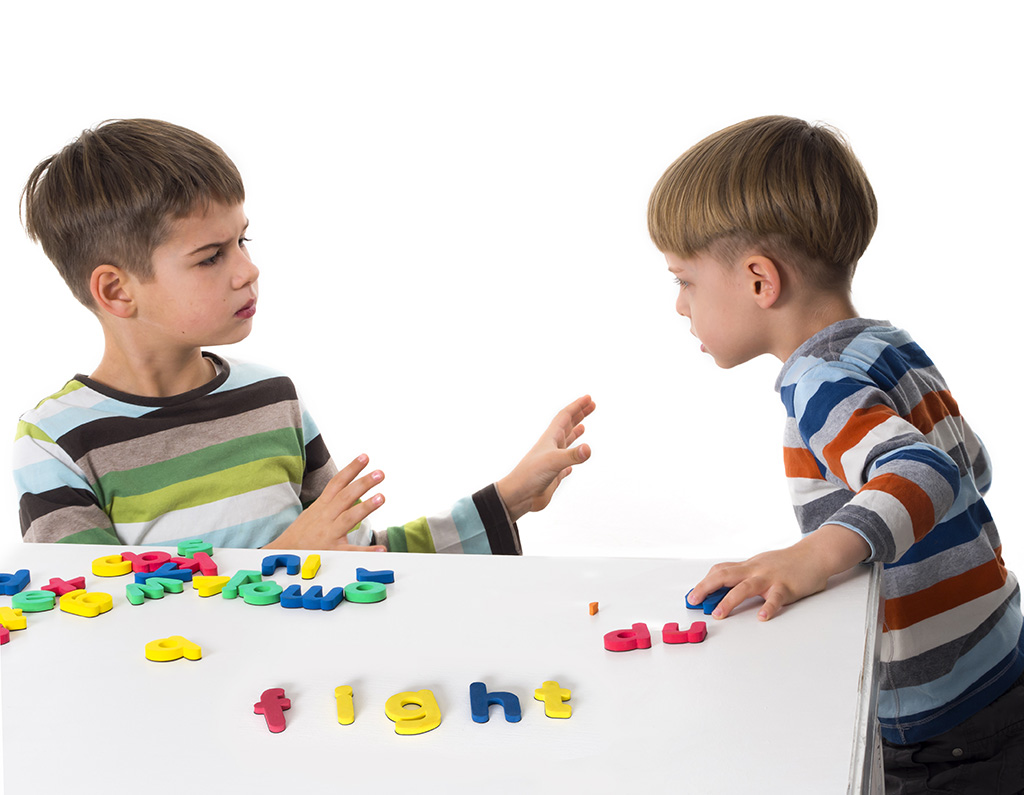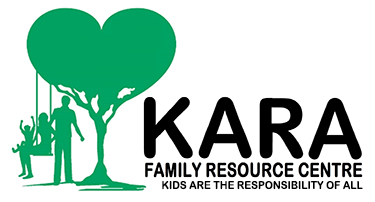
After all the hoopla of the Christmas holidays, both of my boys zeroed in on a favourite toy – an airplane that you can build with a toy drill and screwdriver. Listening to them argue over it (little Polar Bear can’t talk yet but makes his feelings well known) isn’t my favourite activity, but it does allow me to reflect on conflict resolutions between children (and myself).
Interestingly, teachers of elementary schools (you can also find variations on Pinterest) use a conflict resolution tool called the Wheel of Choices (see my mini toddler/preschooler one below). Primarily, I’m an avoidance conflict resolver. I tend to walk away to cool down and walk it off. This non-confrontational attitude helps me but it doesn’t seem to be my sons’ first choices.
Grizzly Bear, my older son, never steals toys from his brother but he does guard them. If his little bro arrives on the scene of a very good play session, Grizzly Bear tends to put toys under his arms and hoards them until he can’t actually use his hands for play. Or, if his little bro has a toy that Grizzly Bear wants, he won’t grab for the toy but he will stand in front of his brother like a football player and refuse to let him move from the spot he is currently occupying. If his little bro won’t give up the toy after this ploy, Grizzly Bear will come talk to me about it, using the “Talk” strategy listed on the wheel.
Polar Bear, my younger son, takes a more physical approach. Not able (or willing) to use words yet, he has more of a tendency to lean towards physically demanding he get his way. He does not hoard toys and will, more often than not, share toys willingly. He loves to watch others use a toy first to discover its secrets before taking a turn. However, if there is a favourite toy at stake that is not currently being shared equally, he will grab at or push others in his fury to have the toy. Once a parent intervenes, he is quite happy to share the toy again (as long as the turns are equal in length). Polar Bear uses the “Share” strategy.
Neither of my boys are old enough to use the Wheel of Choices on their own but I use it to help them. Here’s two reasons why:
- I want them to see that there are different strategies to resolving conflicts than the ones they have used in the past. I know from experience that my avoidance strategy has not worked for every situation. By seeing me use the tool, this role modeling reflects positively on them and they will be more willing to try new strategies.
- I want them to be comfortable choosing their own conflict resolution strategies. As they grow, they may tend to use this tool on their own when I’m not around or use it by memory if they are out of the house. As little as they are, they have constant adult supervision and are prone to seek adult intervention immediately. As they grow and have less supervision, I want them to make the right choices. Being an adept problem-solver is a gigantic skill in later life.
My Mini Wheel of Choices – 4 Strategies for Preschoolers
- Numbers – This is another way of saying take deep breaths or calm down. No one likes hearing “calm down,” least of all an emotional preschooler, but they do love numbers! Have your child count to five (or higher if needed). Count along with them and set the pace of counting to a slow, heavy-breathing rhythm. It’s also a crafty mom-way to teach your children to count.
- Walk – use this avoidance technique to remove a child from the situation. Give them a chance to think about things silently or have the needed moment to explain their frustrations to you, a caring adult. Also, taking them outside is a great stress reducer and decreases bullying (read about the Chester Elementary School’s Outdoor Play and Learning pilot project in Today’s Parent here).
- Talk – try to have the children explain the situation to you in front of one another. I know that this could lead to more arguing in a he said-she said way but I found it also helps children see the other’s point of view. Let the conversation develop and never cut it short (this is tough when you’re entertaining company or are in a hurry, I know). Continue the conversation as long as necessary to reach a resolution.
- Share – I practice a “Mommy shares with you, so you share with him” rule. I always try to role model good behaviour and tend to say share more often than any other word, even when it’s not the topic of conversation. Instead of saying “would you like some ____,” try to say “would you like me to share some ____.” This emphasizes that sharing is just a natural part of the world in which we live (and it also helps when you need to get your phone/keys back from your toddler).
As my kids age, they will notice that more and more options will be added to their strategy repertoire. Starting little like this will allow them to be comfortable with these basic options before moving on to other, more complex problem-solving strategies. I encourage you to make your own pin-wheel of choices. Please feel free to use these strategies (and invite ideas from your own family)!
